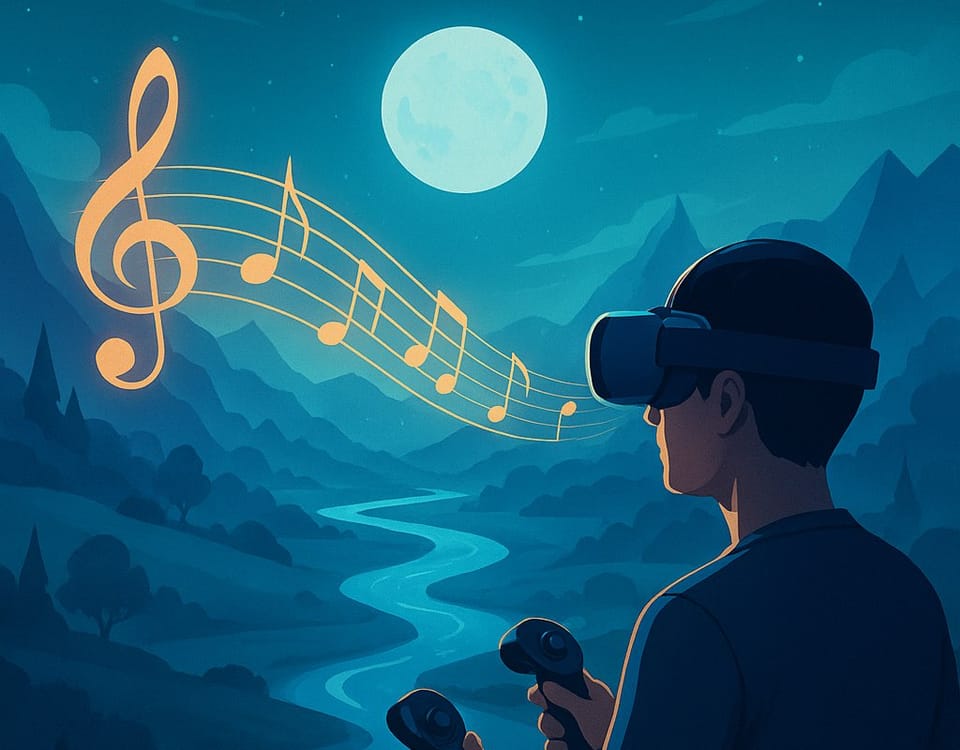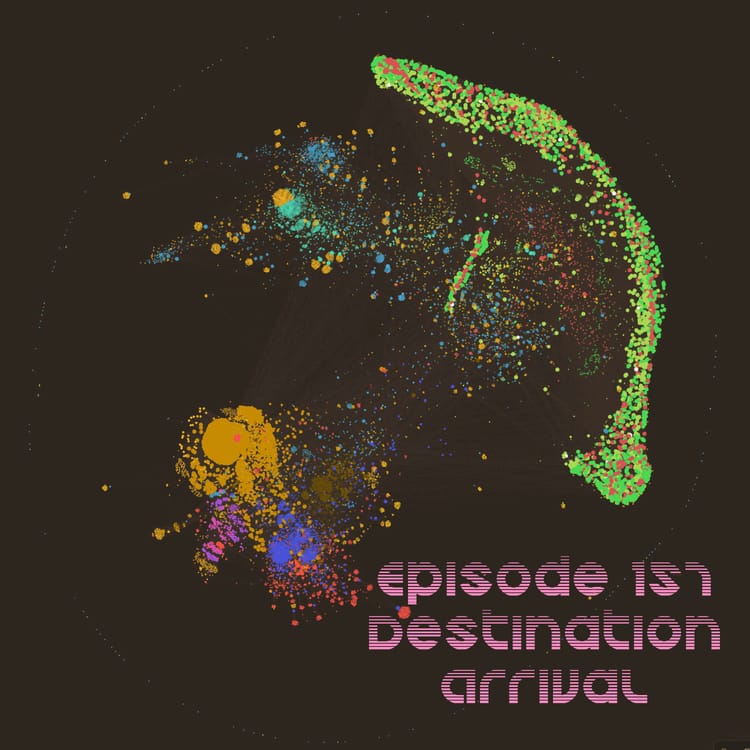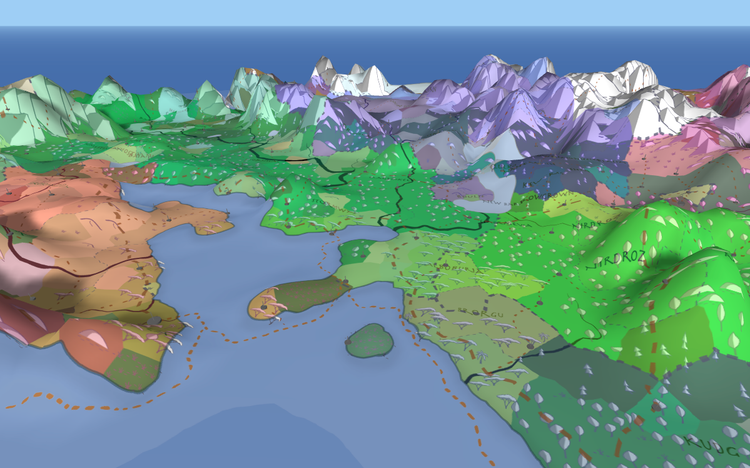Symphonic Architecture of Virtual Worlds

The Symphonic Architecture of Virtual Worlds
How Music Integration Transforms Digital Gaming Experiences
The relationship between music and interactive digital environments represents one of the most fascinating convergences in contemporary media studies, where centuries of musical tradition meet cutting-edge technological innovation. As we examine the evolving landscape of music integration in gaming worlds, we find ourselves at the intersection of ethnomusicology, computer science, and experiential design—a space where the fundamental principles of musical storytelling are being reimagined for participatory digital narratives.
Historical Foundations and Cultural Contexts
To understand the current state of musical integration in gaming, we must first acknowledge the deep historical precedents that inform these practices. The concept of adaptive, responsive music is not entirely novel; it draws from longstanding traditions in theatrical performance, where musicians would adjust their playing to match the dramatic arc of live performances. What we observe in contemporary gaming worlds represents a technological evolution of these culturally embedded practices, where algorithmic systems now perform the role once held by responsive human musicians.
The scholarly literature in ludomusicology—a field that emerged in the early 2000s to examine the unique properties of game audio—has consistently emphasized that interactive music systems function as more than mere accompaniment. Rather, they serve as what we might term "sonic architectures," creating immersive soundscapes that respond dynamically to player agency and narrative progression.
Methodological Approaches to Musical Integration
Contemporary game developers employ several sophisticated methodologies for music integration, each reflecting different philosophical approaches to the relationship between sound and interactivity. The most prevalent systems can be categorized into three primary frameworks:
Adaptive Layering Systems represent perhaps the most elegant solution to the challenge of musical continuity in non-linear environments. These systems, pioneered in titles such as The Legend of Zelda: Breath of the Wild, employ what musicologists term "horizontal resequencing"—the seamless transition between musical segments based on player actions or environmental factors. This approach maintains musical coherence while allowing for unprecedented levels of responsiveness to player behavior.
Generative Composition Algorithms take a more radical approach, creating music in real-time based on player inputs and game states. These systems, which draw heavily from algorithmic composition traditions established by pioneers like Iannis Xenakis and Brian Eno, challenge our fundamental assumptions about authorship and intentionality in musical creation. The ethical implications of such systems—particularly regarding the role of human creativity in artistic expression—remain a subject of ongoing scholarly debate.
Dynamic Orchestration Platforms represent a hybrid approach, combining pre-composed musical elements with real-time manipulation of orchestral parameters such as instrumentation, tempo, and harmonic complexity. This methodology acknowledges the irreplaceable value of human musical creativity while embracing technological capabilities for adaptive presentation.
Cultural Sensitivity and Cross-Disciplinary Considerations
As we examine these technological innovations, it becomes crucial to address the cultural contexts within which musical integration occurs. The globalization of gaming has created unprecedented opportunities for cross-cultural musical exchange, but it has also raised important questions about cultural appropriation and authentic representation. Recent ethnomusicological research has highlighted the need for developers to engage meaningfully with the cultural traditions they incorporate, moving beyond superficial musical borrowing toward genuine collaborative relationships with traditional musicians and cultural custodians.
The work of scholars like Kiri Miller and Karen Collins has demonstrated that music in gaming environments functions as a powerful vector for cultural transmission, potentially reaching audiences far larger than traditional concert halls or recordings. This reality carries with it both tremendous opportunity and significant responsibility, requiring developers to approach musical integration with the same cultural sensitivity that we would expect in any other form of cross-cultural artistic collaboration.
Technological Innovation and Future Trajectories
The technical infrastructure supporting modern music integration systems represents a remarkable synthesis of signal processing, artificial intelligence, and real-time audio manipulation. Machine learning algorithms now enable games to analyze player behavior patterns and adjust musical responses accordingly, creating what some researchers term "affective audio environments"—soundscapes that respond not only to explicit player actions but to inferred emotional states and engagement levels.
Emerging research in spatial audio and haptic feedback suggests that future music integration will extend beyond traditional auditory channels, incorporating tactile and even visual elements into cohesive synaesthetic experiences. The potential for virtual and augmented reality platforms to create truly immersive musical environments raises fascinating questions about the future of musical performance and audience participation.
Pedagogical Implications and Educational Applications
The educational potential of sophisticated music integration systems has begun to attract attention from music educators and researchers in digital pedagogy. Interactive gaming environments offer unprecedented opportunities for experiential music learning, allowing students to explore complex musical concepts through direct manipulation and immediate feedback. The gamification of music education, when implemented thoughtfully, can make abstract theoretical concepts tangible and accessible to diverse learning styles.
Research in this area has demonstrated that well-designed musical gaming experiences can significantly improve student understanding of harmonic relationships, rhythmic patterns, and formal structures. However, the pedagogical literature also emphasizes the importance of maintaining connections to traditional musical practices and ensuring that technological tools enhance rather than replace fundamental musical skills and knowledge.
Conclusion: The Deeper Significance of Musical Innovation
As we reflect on the current state and future possibilities of music integration in gaming worlds, we must recognize that we are witnessing more than mere technological advancement. These developments represent a fundamental expansion of musical expression, creating new forms of artistic collaboration between composers, performers, and audiences. The interactive nature of gaming environments challenges traditional boundaries between creator and consumer, offering opportunities for genuinely participatory musical experiences.
The scholarly examination of these phenomena requires continued interdisciplinary collaboration, drawing insights from musicology, computer science, cultural studies, and cognitive psychology. As these fields continue to converge, we can anticipate even more sophisticated and culturally sensitive approaches to musical integration, ultimately expanding our understanding of how music functions in digitally mediated environments.
The transformation of gaming worlds through musical integration thus represents not merely a technological achievement, but a cultural evolution—one that honors musical traditions while boldly exploring new possibilities for human expression in digital spaces. As researchers and practitioners, our responsibility lies in ensuring that these innovations serve to enrich rather than diminish the profound human connections that music has always fostered.
L.R. Morgenstern is Head of Musicology Research at Eckenrode Muziekopname and holds a Ph.D. in Musicology from the University of Cambridge. Based in Prague, they lead culturally respectful research initiatives that bridge historical musicology with AI-driven innovation, ensuring that technological advancement serves to illuminate rather than overshadow the profound cultural traditions that inform contemporary musical expression.



